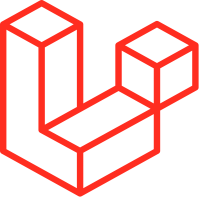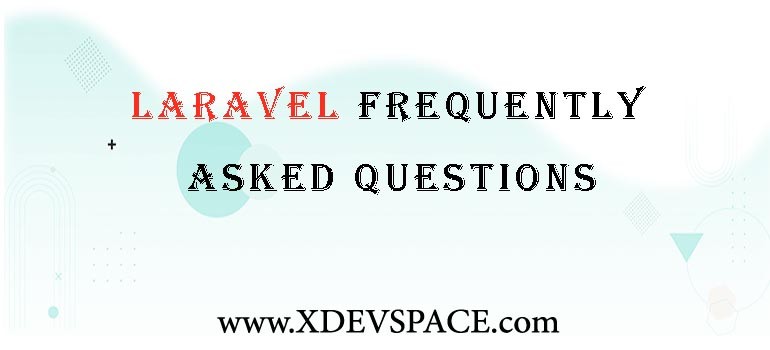
Laravel Frequently Asked Questions

1 - What is Laravel, and why is it popular?
Laravel is a PHP framework used for building web applications. It’s popular due to its elegant syntax, extensive built-in features, ease of use, and strong community support.
Laravel simplifies tasks like routing, authentication, and database handling, which speeds up development and improves code quality.
– This is one of the most common Laravel Interview questions,also common questions in the interview.
2 - What is Eloquent ORM, and how does it work?
Eloquent ORM (Object-Relational Mapping) is Laravel’s built-in ORM that makes interacting with databases simpler and more intuitive.
– Eloquent allows developers to work with database records as objects, enabling efficient querying, inserting, updating, and deleting of records without writing raw SQL.
3 - What is the purpose of php artisan in Laravel?
php artisan is Laravel’s command-line tool that provides various commands to assist developers in tasks like setting up migrations, running database seeds, creating controllers, and starting development servers.
– It streamlines common development tasks, reducing the need for repetitive code.
4 - How does Laravel handle routing?
Laravel uses a routing system that allows developers to define URL endpoints and link them to specific controllers or closures. Routes are defined in the routes/web.php file for web traffic and routes/api.php for API routes, enabling organized and readable routing configurations.
5 - What are Laravel Middlewares, and how are they used?
Most asked questions in the interview dont miss it. Middlewares in Laravel act as filters for HTTP requests entering the application. They handle tasks like authentication, logging, and CORS (Cross-Origin Resource Sharing).
– Middleware can be assigned globally or to specific routes, ensuring flexible control over request handling.
6 - What is CSRF protection, and how does Laravel handle it?
CSRF (Cross-Site Request Forgery) protection helps prevent unauthorized actions on behalf of users.
– Laravel provides automatic CSRF protection using tokens, which are added to forms and verified upon submission, ensuring only legitimate requests are processed.
7 - How does Laravel support database migrations?
Migrations in Laravel allow developers to create and modify database tables using code instead of SQL scripts. Migrations provide a version control system for the database structure, making it easier to collaborate on and manage database changes.
8 - What are Service Providers in Laravel?
Service providers are the central place in Laravel where application services are registered. They’re used to bind classes, configurations, and logic into the application’s service container, making services available throughout the application and supporting dependency injection.
9 - How can you send emails in Laravel?
Laravel supports email sending using its Mail facade and Mailable classes. Developers can configure various drivers (SMTP, Mailgun, etc.) to send emails and create custom email templates, allowing seamless integration for notifications, updates, and other communications.
10 - What is the difference between include() and extends() in Blade templates?
@include: Used to include a partial view or template, such as a header or footer.@extends: Used to extend a layout, allowing a child view to inherit a base layout’s structure.
– @include is best for reusable components, while @extends is suited for creating structured layouts.
All Comments